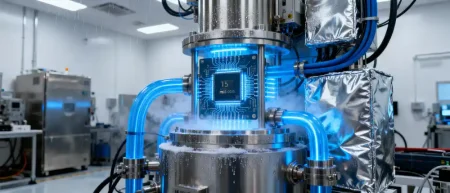Even in 2025, there are technological relics that we are forced to face as they’re unwilling to move forward with the times…
Nearly two-thirds of businesses still rely on legacy systems, which refer to aging applications and software that enterprises continue to rely on, despite their outdated architecture. These “old engines,” like manual code migration, are trying to power critical business processes, greatly risking stagnancy in today’s digital-first world. Hence, efficiency is no longer the only thing driving the idea of modernising legacy systems; rather, it’s a survival strategy.
Businesses need to modernise legacy systems to maintain operational efficiency and competitive advantage in today’s tech landscape, which is evolving at a breakneck speed. What if there was a way to modernise it and slash its timeline by nearly 50-60%? Enter artificial intelligence (AI), which is a powerful partner, platform, and driving force behind legacy system upgrades.
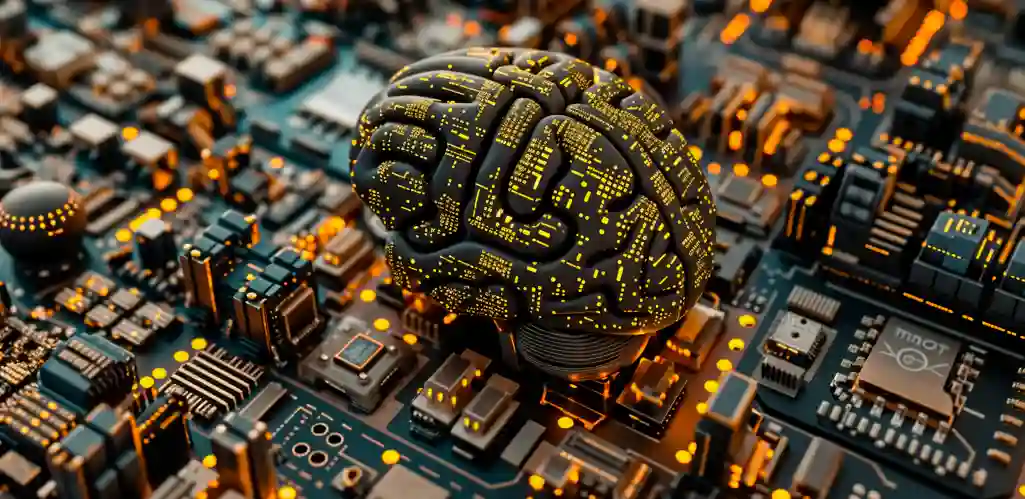
The Great Tech Debt
It’s no surprise that tech debt is a chief factor slowing down the growth of enterprises that are still have legacy systems in place. Designed and built more or less two decades ago with tech that was trending then, these systems make up 70% of the total software systems, making for a sluggish backbone in view of today’s uber-digital economy. But how did this tech debt come about? It came from the need for “quick-fix” solutions to fix software bugs and performance, thus greatly increasing maintenance costs and reducing any possibility of them being able to integrate with modern tech.
In fact, enterprises waste nearly 25-40% of their development time due to tech debt. So, the quick-fixes might sound effective, but it’s a short-term band-aid, not a long-term, sustainable solution, leading to rising software tech debt.
As it is, legacy systems are often used more out of habit rather than their ability to resolve issues. Consequently, they’re now holding back innovation, security, and efficiency, resulting in a critical need for a fix to ensure that businesses keep up with the future, and AI is the possible answer.
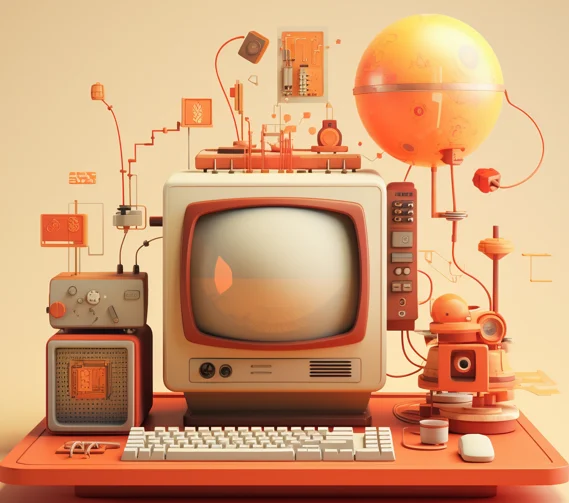
Modernising Legacy Tech With AI
Shifting away from the old systems doesn’t mean that all work accomplished in the past needs to be abandoned. Since modernisation also means utilising historical data creatively to change business processes, LLMs (large language models) and AI tools flip the script, establishing new innovation and efficiency standards to transform legacy systems into strategic assets.
- Automated code analysis and refactoring: One of the biggest ways in which AI can transform legacy systems is by refactoring millions of lines of outdated codes that legacy systems contain. AI can be transformative in this case, eliminating the need for manually replacing everything by analysing and scanning vast codebases. It can not only identify patterns and performance bottlenecks but also security vulnerabilities, dead code, and dependencies that manual reviews might overlook. Using both dynamic and static analyses, AI can even offer insights into how the system code behaves in production, helping the team prioritise modernisation based on business impact, complexity, and risk.
- Intelligent data migration: The most challenging aspect of modernisation projects is, undoubtedly, data migration. AI uses machine learning (ML) to identify sensitive data, thus ensuring compatibility with new systems and enriching data that can migrate to the new ecosystem.
- Risk mitigation and predictive maintenance: There are unique challenges arising when modernising legacy systems while also trying to preserve their key characteristics. AI is paving the way with solutions such as digital twins, where AI-powered simulations of legacy systems allow businesses to test modernisation approaches safely before applying them to actual production environments – like when applying AI to the supply chain to reshape the logistical network. AI also helps in detecting anomalies to predict faults during the modernisation process, thus helping enhance system reliability and reduce downtime. Predictive analytics are changing with AI helping predict points in the cycle requiring maintenance, helping businesses optimise and achieve long-term cost savings. Finally, AI is helping identify security vulnerabilities, reducing security risks and ensuring compliance with region- and industry-specific regulatory standards.
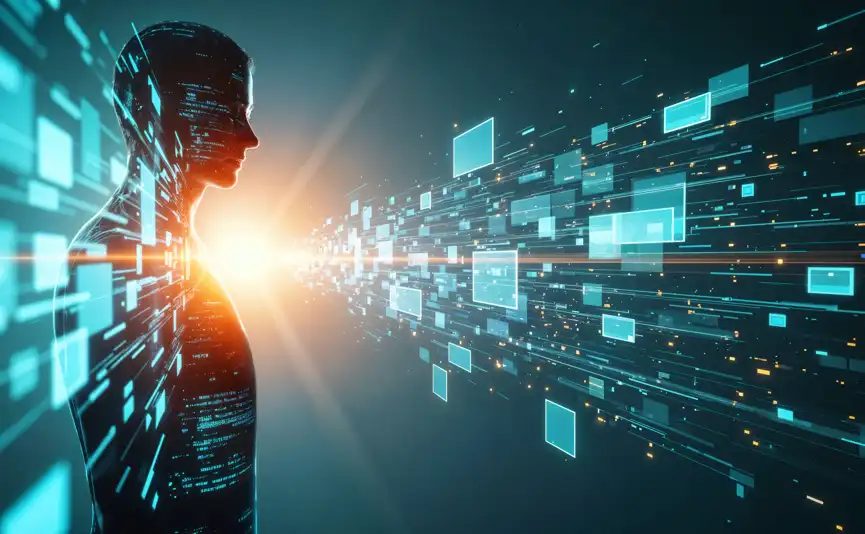
Legacy Systems – Meet GenAI
Generative AI (GenAI) is transforming legacy app modernisation by allowing enterprises to modernise incrementally while also extending the lifespan of any critical legacy systems. Instead of disruptive and expensive “rip-and-replace” approaches, GenAI is changing the game progressively and strategically, thus preserving business logic, minimising downtime, and making legacy modernisation more efficient, resilient, and safer, especially in regulated industries.
Specialised GenAI agents can manage end-to-end legacy system modernisation workflows by analysing legacy code, translating complex elements, assisting in code conversion, restructuring and scaling applications, and performing specialised tasks. When implemented correctly, GenAI agents could reduce legacy modernisation time by as much as 40–50%.
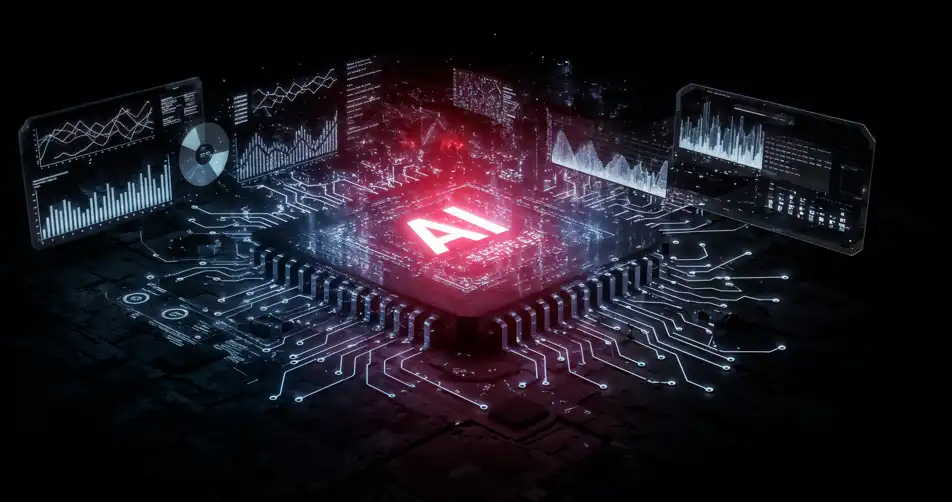
AI can effectively tone down the inherent limitations of older systems in organisations, improving compatibility and augmenting dramatic growth in performance. As the world transitions into a multi-trillion digital economy, enterprises that are reimagining their tech stacks with GenAI at the heart will be leading the wave. The modernisation question is now shifting from whether AI can modernise legacy systems to how quickly and efficiently can we leverage GenAI to do so.
In case you missed:
- Hiding In The Dark: Navigating The Threat Of Shadow AI
- AI And The Supply Chain: Reshaping The Logistical Network
- The Good Samaritan: A Complete Guide To Ethical Hacking
- Edera: An All-Women Startup Revolutionising Cloud And AI Infrastructure Security
- Agentic AI and its Future in the Fintech Revolution
- Has Private Cloud Made Its Comeback?
- Decoding Backdoor Attacks in Cybersecurity
- All About AI Prompt Injection Attacks
- AI + Web3: Making A Smarter Internet
- The Cloud Cost Conundrum: Is Cloud FinOps the Answer?










